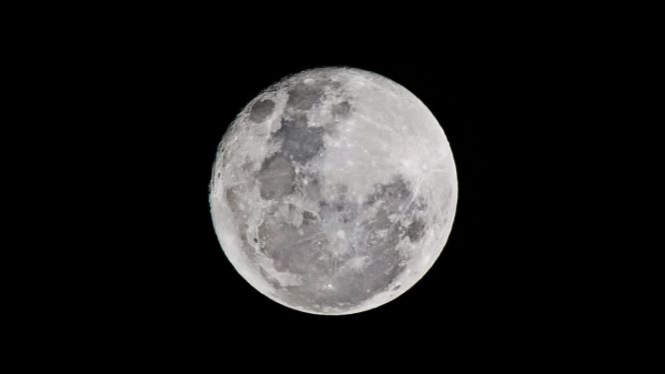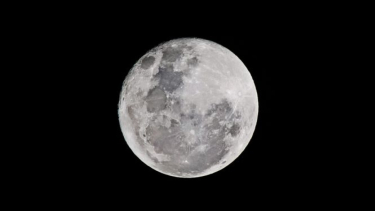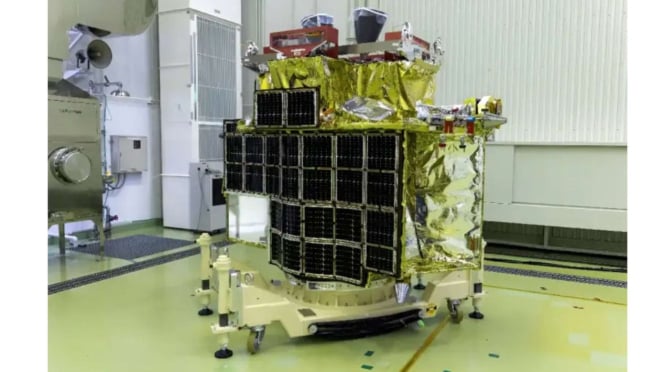Japan Makes Historic by Landing on the Moon Surface
- VIVA.co.id/Arianti Widya
Japan – Japan became the fifth country in history to reach the moon when one of its spacecrafts without astronauts successfully made a soft landing on the lunar surface early Saturday.
However, space officials said they needed more time to analyze whether the Smart Lander for Investigating Moon, or SLIM, achieved its mission priority of making a pinpoint landing, as reported from AP site.
They also said the craft's solar panel had failed to generate power, which could shorten its activity on the moon.
robot pendarat bulan SLIM milik Jepang
- Phys.org
Space officials believe that the SLIM's small rovers were launched as planned and that data was being transmitted back to Earth, said Hitoshi Kuninaka, Head of the Institute of Space and Astronautical Science, a unit of Japan's space agency.
But he said that SLIM's solar battery wasn't generating power and that it had only a few more hours of battery life. He said the priority was for the craft to gather as much data about its landing and the moon as possible on the remaining battery.
Japan follows the United States, the Soviet Union, China and India in reaching the moon.
Kuninaka said he believes that Japan's space program at least achieved “minimum” success.
SLIM landed on the moon at about 12:20 a.m. local time on Saturday.
There was a tense wait for news after the Japan Aerospace Exploration Agency's mission control initially said that SLIM was on the lunar surface, but that it was still “checking its status.” No further details were given until a news conference nearly two hours later.
For the mission to be considered fully successful, space officials needed to confirm whether SLIM made a pinpoint landing. Kuninaka said that while more time was needed, he personally thought it was most likely achieved, based on his observation of data showing the spacecraft's movement until the landing and its ability to transmit signals after landing.
He said the solar panel is possibly not in the planned angle, but there is still hope.
SLIM, which was aiming to hit a very small target, is a lightweight spacecraft about the size of a passenger vehicle. It was using “pinpoint landing” technology that promises far greater control than any previous moon landing.
While most previous probes have used landing zones about 10 kilometers (six miles) wide, SLIM was aiming at a target of just 100 meters (330 feet).
A landing of such precision would be a world's first, and would be crucial technology for a sustainable, long-term and accurate space probe system, said Hiroshi Yamakawa, president of Japan Aerospace Exploration Agency, or JAXA.
Japan needs the technology to secure its place and contribute in international space projects, Yamakawa said.
The project was the fruit of two decades of work on precision technology by JAXA.
SLIM, nicknamed "the Moon Sniper," started its descent at midnight Saturday, and within 15 minutes it was down to about 10 kilometers (six miles) above the lunar surface, according to the space agency, which is known as JAXA.
At an altitude of five kilometers (three miles), the lander was in a vertical descent mode, then at 50 meters (165 feet) above the surface, SLIM was supposed to make a parallel movement to find a safe landing spot, JAXA said.
The spacecraft was testing technology to allow moon missions to land “where we want to, rather than where it is easy to land,” JAXA has said.
The spacecraft also was supposed to seek clues about the origin of the moon, including analyzing minerals with a special camera.
The SLIM, equipped with a pad each on its five legs to cushion impact, was aiming to land near the Shioli crater, near a region covered in volcanic rock.

































